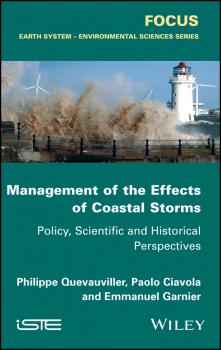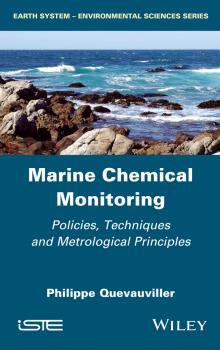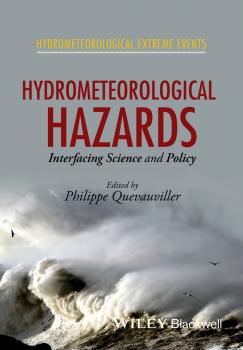ТОП просматриваемых книг сайта:
Philippe Quevauviller
Список книг автора Philippe QuevauvillerManagement of the Effects of Coastal Storms. Policy, Scientific and Historical Perspectives - Philippe Quevauviller
Аннотация
A large part of the world’s coastlines consists of sandy beaches and dunes that may undergo dramatic changes during storms. Extreme storm events in some cases dominate the erosion history of the coastline and may have dramatic impacts on densely populated coastal areas. Policy, research and historical background are essential elements that need to be interconnected for effective coastal planning and management. This book discusses this framework, with Chapter 1 providing an insight into policy settings and science-policy interactions in the area of coastal risks related to storms and flooding, and integrated coastal zone management. This is followed by a review of the current understanding of the processes generating extreme coastal events, the morphological evolution of coastlines during and after the events, and the methods for monitoring the process as it occurs or for post-event appraisal. The final chapter discusses the importance of historical approaches regarding coastal threats, taking the Xynthia storm as an example.
Marine Chemical Monitoring. Policies, Techniques and Metrological Principles - Philippe Quevauviller
Аннотация
Combining laboratory experience with research and policy developments, this book provides an insight into the historical background of marine monitoring, its regulatory frameworks and science–policy interactions. With experience in the European Commission, the author draws from practical experience in research and policy implementation to present a concise review of marine monitoring on an international level. The author deals with monitoring and related QA/QC principles, focusing on monitoring types, while describing general features of analytical methods used in marine monitoring. The book concludes with a discussion about how to achieve metrology principles (measurement traceability) in marine monitoring.
Аннотация
Recent hydrometeorological extreme events have highlighted the increased exposure and vulnerability of societies and the need to strengthen the knowledge-base of related policies. Current research is focused on improving forecasting, prediction and early warning capabilities in order to improve the assessment of vulnerability and risks linked to extreme climatic events. Hydrometeorological Hazards: Interfacing science and policy is the first volume of a series which will gather scientific and policy-related knowledge related to climate-related extreme events. Invited authors are internationally recognized experts in their respective fields. This volume reflects the most recent advances in science and policy within this field and takes a multidisciplinary approach. The book provides the reader with a state-of-the art account on flash floods, droughts, storms, and a comprehensive discussion focused on the cost of natural hazards, resilience and adaptation. This book will be an invaluable reference for advanced undergraduates taking courses with a focus on natural hazards including climate-related extreme events. The book will also be of interest to postgraduates, researchers and policy makers in this field looking for an overview of the subject.



